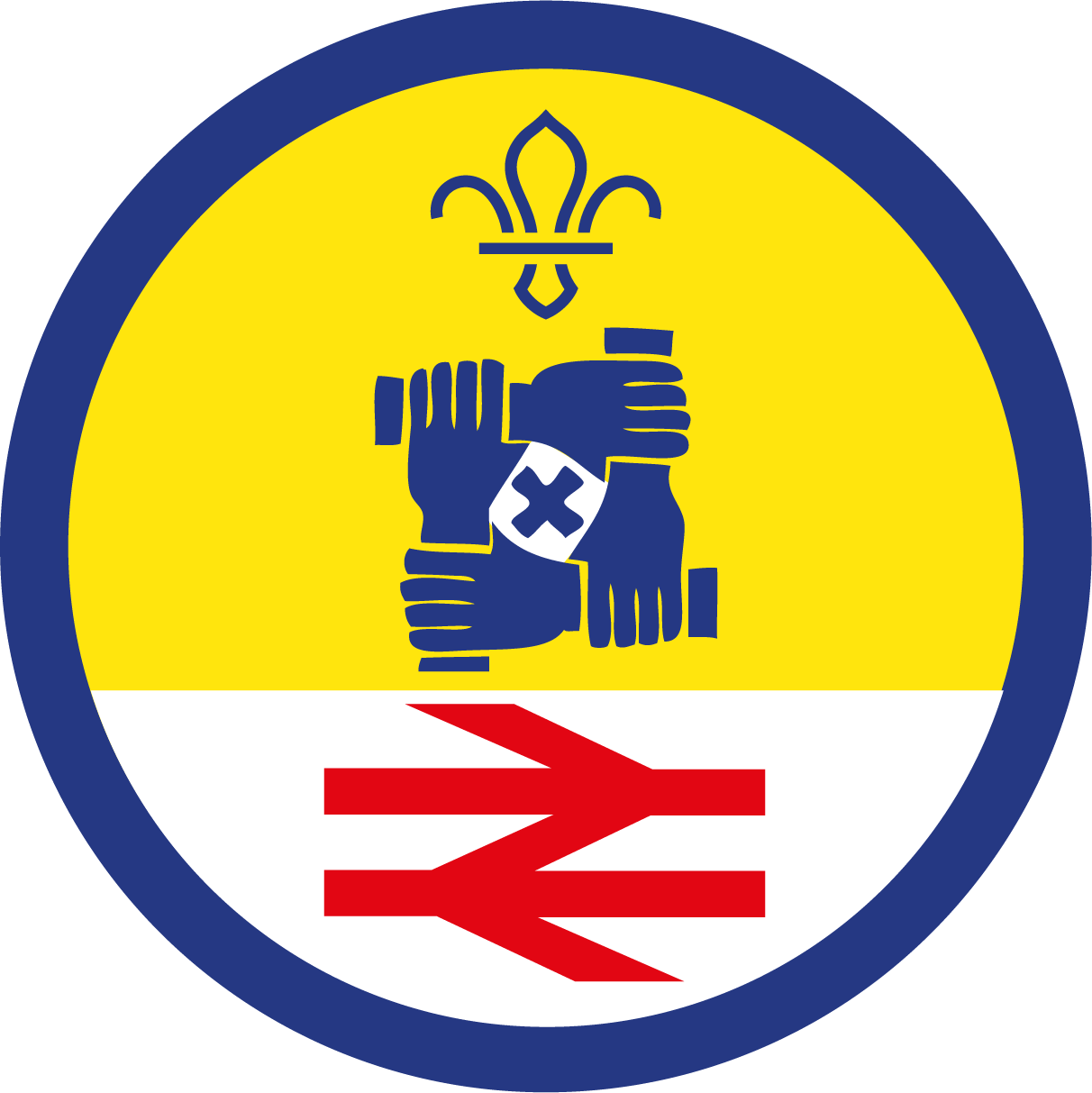Safe circles
You’ll need
- Chalk
Who’s the stranger?
- The person leading the activity should talk to everyone about what a stranger is. They should explain that a stranger is someone you don’t know. Most strangers are nice and friendly but very, very occasionally they may be unkind or want to hurt you.
- The person leading the activity should emphasise that it’s very rare to find a stranger that wants to hurt children. It’s not something anyone needs to worry about, but it’s good to know how to stay safe.
- The person leading the activity should tell everyone that if anyone (including strangers) makes them feel unsafe or uncomfortable they should say ‘no’ loudly, walk away quickly, and tell someone they trust such as a family member, teacher or police officer.
Count off the three instructions on your fingers and ask everyone to repeat them.
Play safe circles
- Everyone should draw a chalk circle around them. This is their ‘most trusted place’ where they feel safe.
- The person leading the game should read out a situation from the list below.
-
- You’re walking home from school in the rain and a woman in a car stops and offers you a lift.
- You’re in a supermarket and you lose your parent or carer, so you ask someone wearing the shop uniform to help you.
- You’re visiting the doctor because you have a nasty cough.
- You’re playing with your friends at the park, a teenager comes over and offers you a sweet.
- You’re at football club and a man says he’s your parents’ (or carers’) friend and that they asked him to pick you up because they’re running late.
- The school nurse comes to talk to your class about washing your hands.
- You’re in a shop and a man takes hold of your hand and says ‘come with me’.
- A teenager comes up to you and tells you to go with them because they know somewhere good to play.
- A police officer comes to talk to your group about staying safe.
- Your leader teaches you to play a new game.
- Everyone should move away from their most trusted space (or stay in it, or move closer to it) depending on how the situation makes them feel. Different people will probably have different feelings – this is personal, so it’s OK for people to think differently.
- The person leading the activity should keep an eye on the group and how they answer. Sometimes, people’s answers might prompt further conversation.
If concerns are raised, allow time to talk about them.
- The person leading the game should ask everyone should do if they’re made to feel uncomfortable. Everyone should call out the three-step instructions: say no, walk away and tell someone they trust.
- Everyone should return to their most trusted place.
- Continue this for the rest of the situations.
- The person leading the activity should remind everyone that if they ever feel uncomfortable, or if someone is being unkind or asking them to keep secrets they don’t want to keep, they should always tell a trusted adult.
Reflection
This activity helped everyone to learn a simple set of instructions about what to do if they’re unsure of a stranger. Well done to everyone who was calm but firm when saying no. Unkind people are very rare, but it’s sensible for people to make sure they know how to stay safe.
How did people move during their game? What made them step outside their most trusted place, and what made them return to it? Everyone could talk about one of the situations together.
Safety
All activities must be safely managed. You must complete a thorough risk assessment and take appropriate steps to reduce risk. Use the safety checklist to help you plan and risk assess your activity. Always get approval for the activity, and have suitable supervision and an InTouch process.
- Active games
The game area should be free of hazards. Explain the rules of the game clearly and have a clear way to communicate that the game must stop when needed. Take a look at our guidance on running active games safely.
Instead of using circles, you could have one end of your meeting place that represents feeling safe, and the other end representing feeling unsafe. When a situation is read out, people move towards the end of the meeting place that represents how they feel about it.
Make it accessible
All Scout activities should be inclusive and accessible.
You could invite a local police officer to talk to the group about staying safe and personal safety
As the game goes on, participants could help come up with new situations.
